How Cut Chemist builds the Tunnel Vision audiovisual show
Splicing together rare audio and esoteric video is just one aspect of Cut Chemist’s interactive experience — here, we learn what other forces are at play.
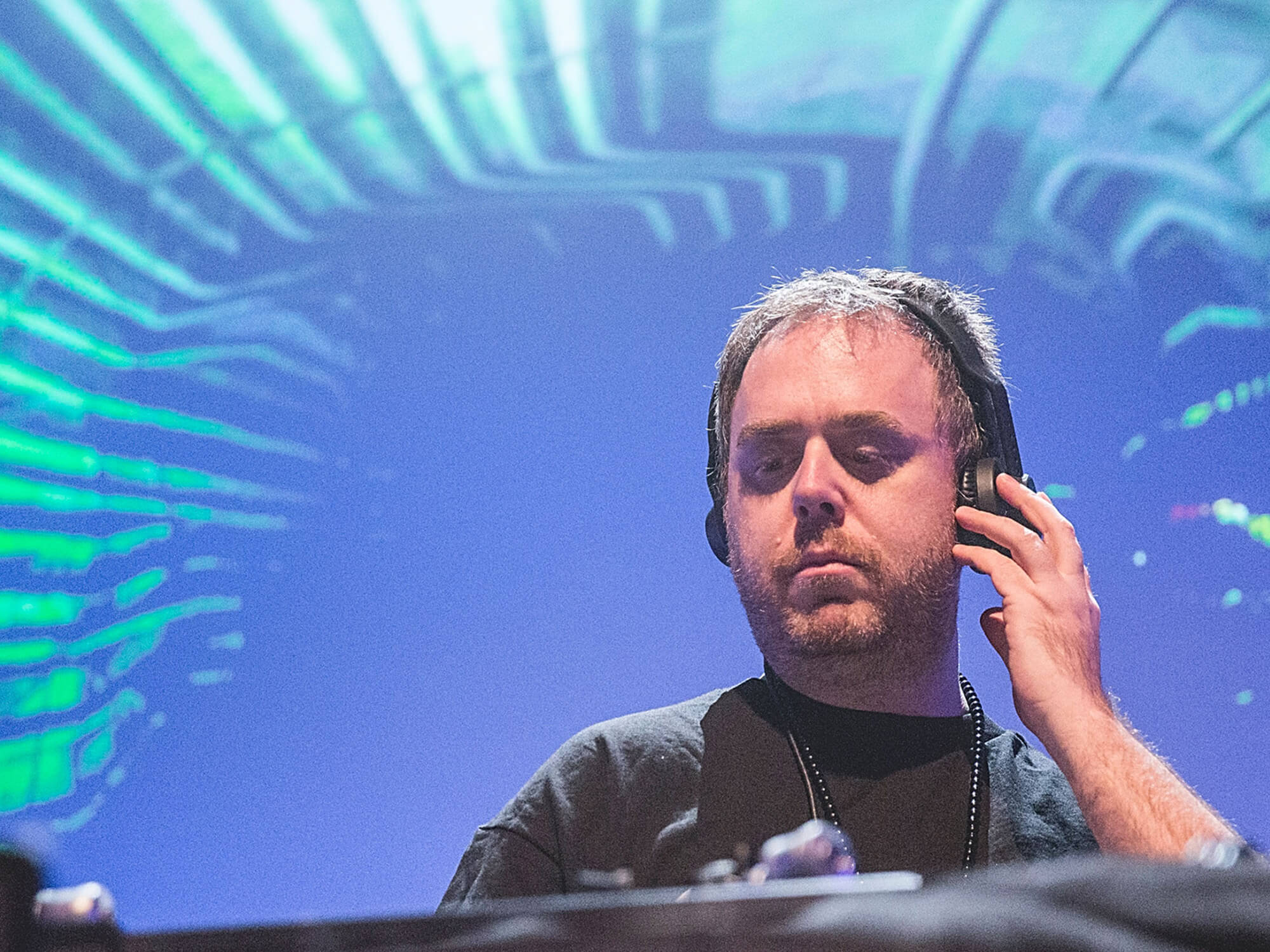
Cut Chemist performing in 2014. Image: Rick Kern/WireImage via Getty Images
The term ‘Tunnel Vision’ is historically associated with limitation — ignoring any and all possibilities other than what is right in front of you.
However, to revered West-coast DJ, record producer, and turntablist, Cut Chemist, the term ‘Tunnel Vision’ means the opposite. It represents an endless foray into musical and technological exploration and serves as the title of his personally curated audiovisual show that unites artists of myriad specialities.
“[Tunnel Vision] is bridging people who haven’t played together, like Edan, Shortkut, and Boss Harmz. Those three have never been in the same room together, and I think that they all have something unique that I want to share with an audience,” says Cut Chemist, real name Lucas MacFadden. “The most incredible artists I know; get them in a room together and see what happens.”
On January 26, 2024, MacFadden will get fellow stalwart DJs Edan, Shortkut, and Boss Harmz in a room together for the first Tunnel Vision show in over 11 years. All three will perform their own sets alongside two sets from MacFadden.
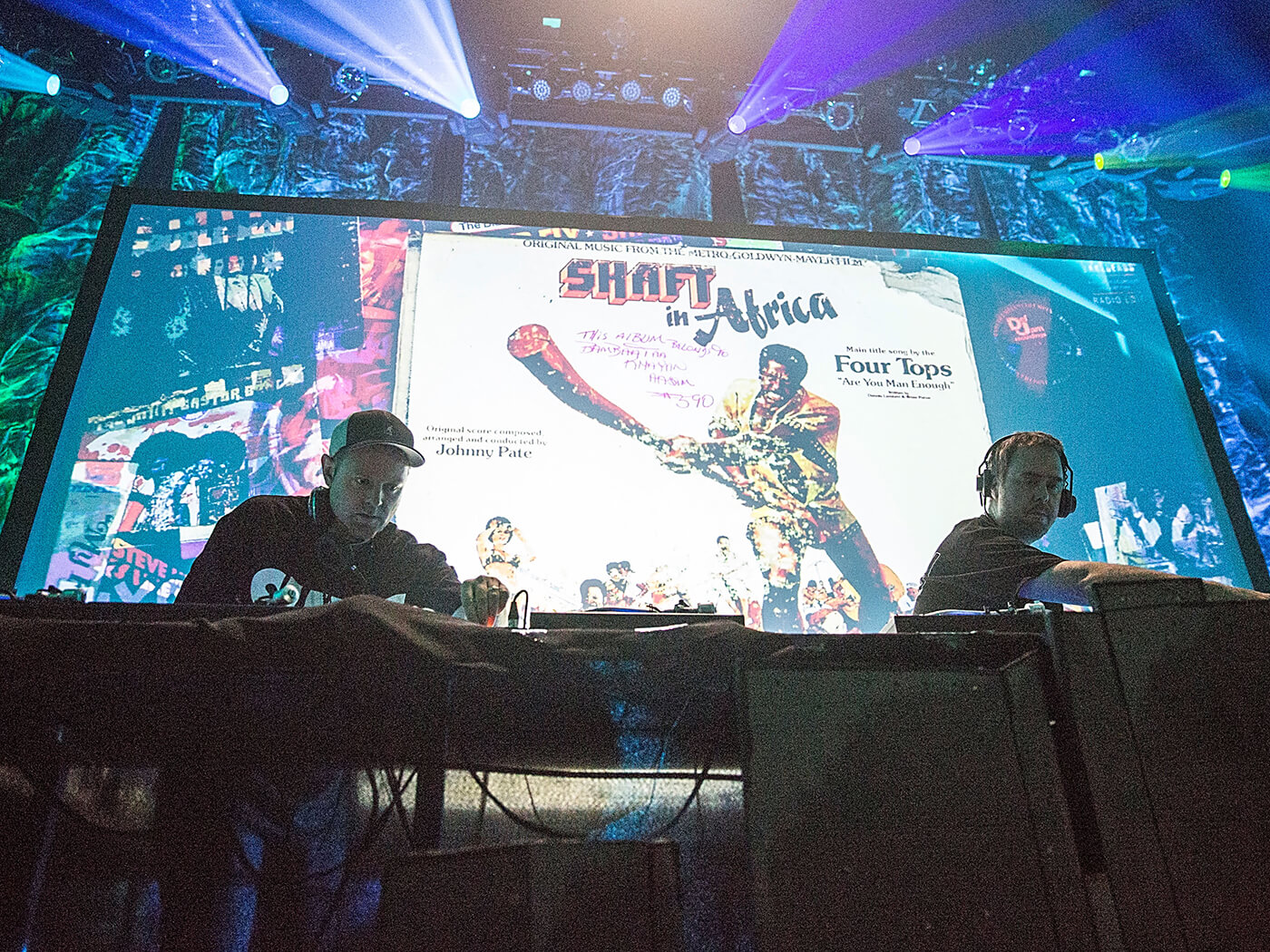
He will helm a standard DJ set as well as his Sound of the Police set, in which he uses a single turntable and a loop pedal to make sample-based music from classic African and Latin records. To close the night, the four of them (and possibly some special guests) will convene at the end for a joint session.
On top of all the music, visual maestro Tom Fitzgerald will be running live visuals for every set, making custom images out of his extensive collection of niche films.
The initial rendition of Tunnel Vision was a five-stop tour throughout the west coast of the United States. Like the upcoming show, various artists performed including the drummer and experimental musician Deantoni Parks, and rappers like Mr Lif and Myka 9 (all of whom worked on MacFadden’s second album, 2018’s Die Cut).
In 2012, MacFadden also hosted an edition of Tunnel Vision at the Bear Tooth Theaterpub in Anchorage, Alaska. This time he performed with his fellow member of the LA rap outfit, Jurassic 5, and MC extraordinaire, Chali 2na.
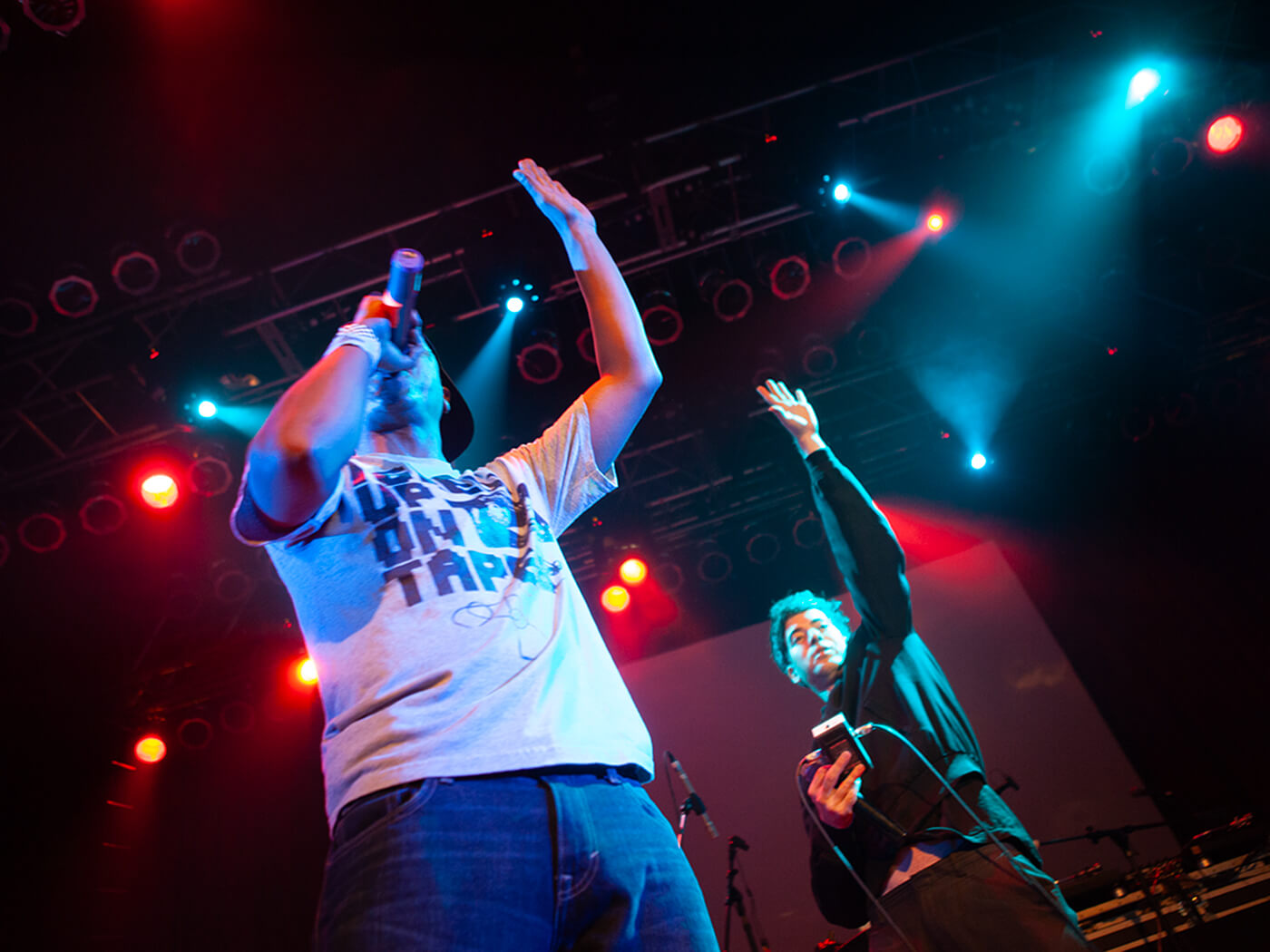
The only consistent aspect of Tunnel Vision — besides MacFadden on the decks — is Fitzgerald. He has provided visuals for every Tunnel Vision event, and his longstanding dynamic with MacFadden is the launchpad for the exploration happening among all the other artists at these unique shows.
In truth, the name Tunnel Vision stuck because of Fitzgerald. MacFadden had been using the vocal sample found in the trailer for Tunnel Vision events for years, and Fitzgerald just happened to have the 1976 movie, Tunnel Vision, where the sample originates.
“[Fitzgerald] is a film digger as I am a music and record digger,” MacFadden says.
According to an episode of Fuse’s Crate Diggers MacFadden had a collection of over 30,000 thousand records back in 2012 (probably adding thousands more since then), and he is assured that Fitzgerald’s collection of films and visual media is equally vast.
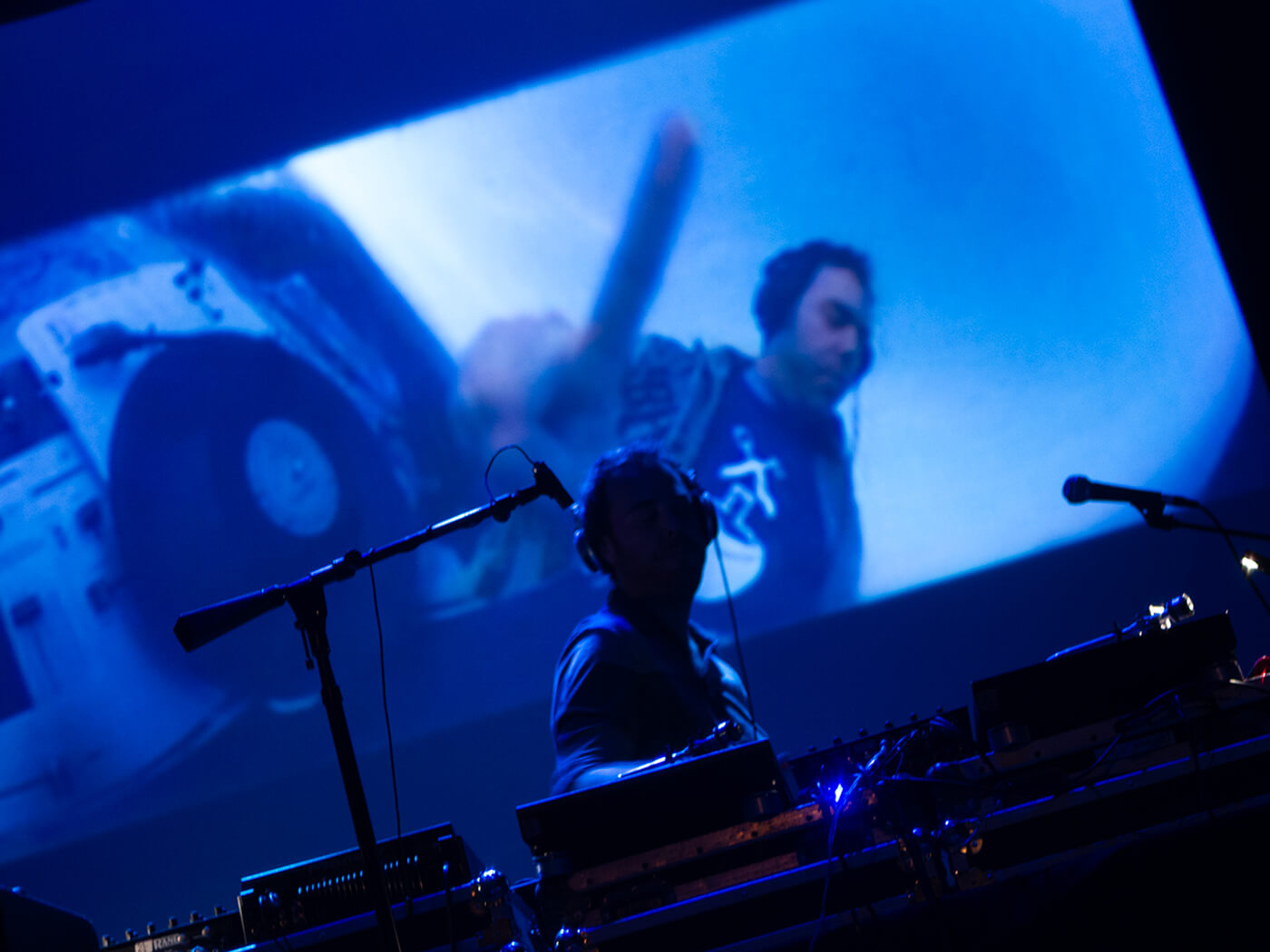
Years ago, Fitzgerald sold obscure movies and bootleg DVDs under the name Pimpadelic Wonderland. There is no longer a central site under this name flaunting a catalogue (except for a user-compiled Letterboxd with almost 1,000 titles), but there are remnants of the idiosyncratic moniker all over the internet.
From a mention on IMDb found in a defunct IFC article detailing the rarely-seen fictional films by photographer William Klein, to a DVD available on eBay for almost $50 bearing the name on the sleeve, to a YouTube video of MacFadden performing alongside Fitzgerald in which they are referred to as ‘Cut Chemist and Pimpadelic Wonderland’, Fitzgerald’s professorial knowledge of film is widespread.
“[DJ Shadow] and I used to buy these radio spots which were movie commercials on 45, and they’re just like B-movies from the 70s. You’ve never heard of them. Complete obscurity, and 90 per cent of the time Tom would be like ‘I have that movie’,” MacFadden says. “He has the digger state of mind, only he uses it for film now. So, he was just talking in my language, but in his dialect. It was like I was talking to myself in a parallel universe.”
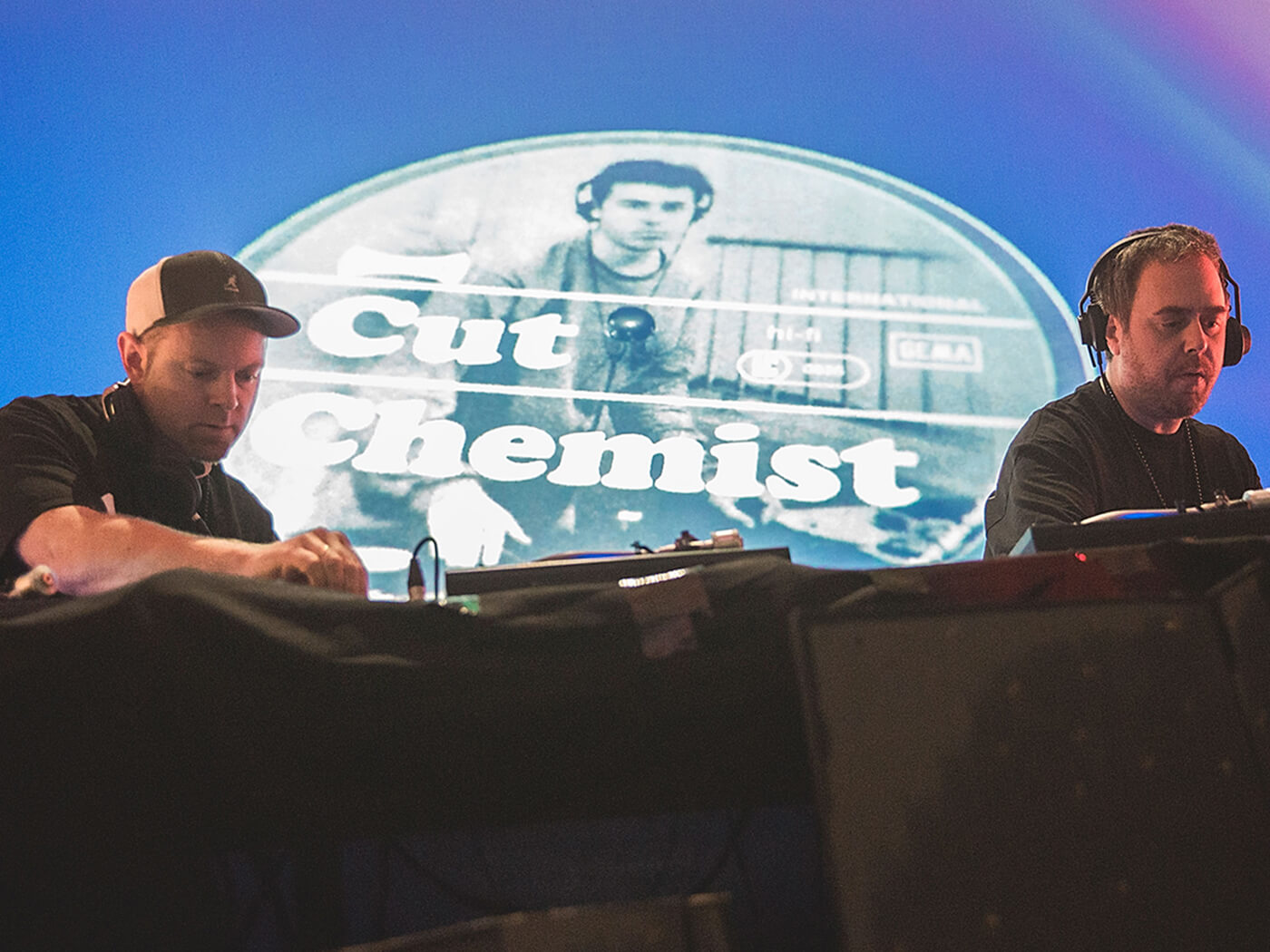
MacFadden and Fitzgerald first connected in 2005 when MacFadden hired Fitzgerald to do visuals for the first show of the tour for his debut solo album, The Audience’s Listening.
MacFadden’s goal was to provide the audience with something they didn’t expect, both in terms of the visuals and the music. Something that stretched the idea of what an audiovisual set from a DJ could be, and he was more than impressed with Fitzgerald’s ability to deliver.
Not only did the material have the right kind of suggestive edge, but Fitzgerald’s performance matched MacFadden’s technologically as well.
Instead of using animation, graphics, and other modern visual media to create images from scratch, Fitzgerald cut together clips of his massive film library while MacFadden overlaid snippets from his massive collection of music.
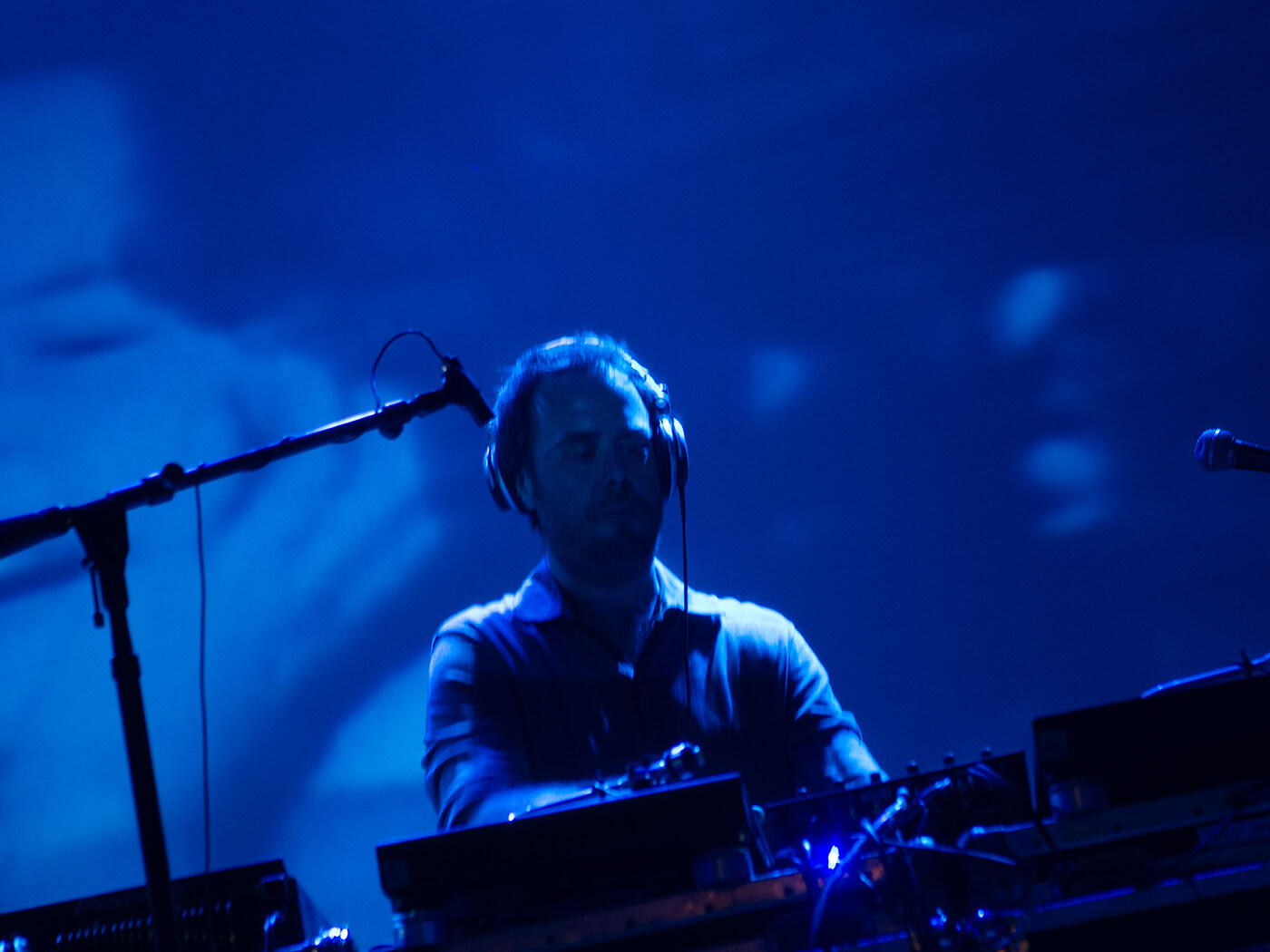
“It’s preexisting material reconceptualised and rearranged into something that creates an all-new narrative. It basically is exactly the same thing that I do,” MacFadden says.
From there, Fitzgerald became MacFadden’s resident visual artist whenever he toured. They travelled everywhere together — whether for a Tunnel Vision event, a solo show, or when they were the opening act for Shakira when she toured hockey rings around Europe in 2007.
As they played more shows, their relationship shifted towards technological innovation, and together they created an element to the live space that never existed before: scratching visual recordings of the crowd.
MacFadden had been experimenting with scratching audio from the crowd before this. He would run up to the audience, record them on the mic, burn that recording to a CD, and then put it in a CDJ to scratch with the same prowess he applied to vinyl. This was the finale of his show.
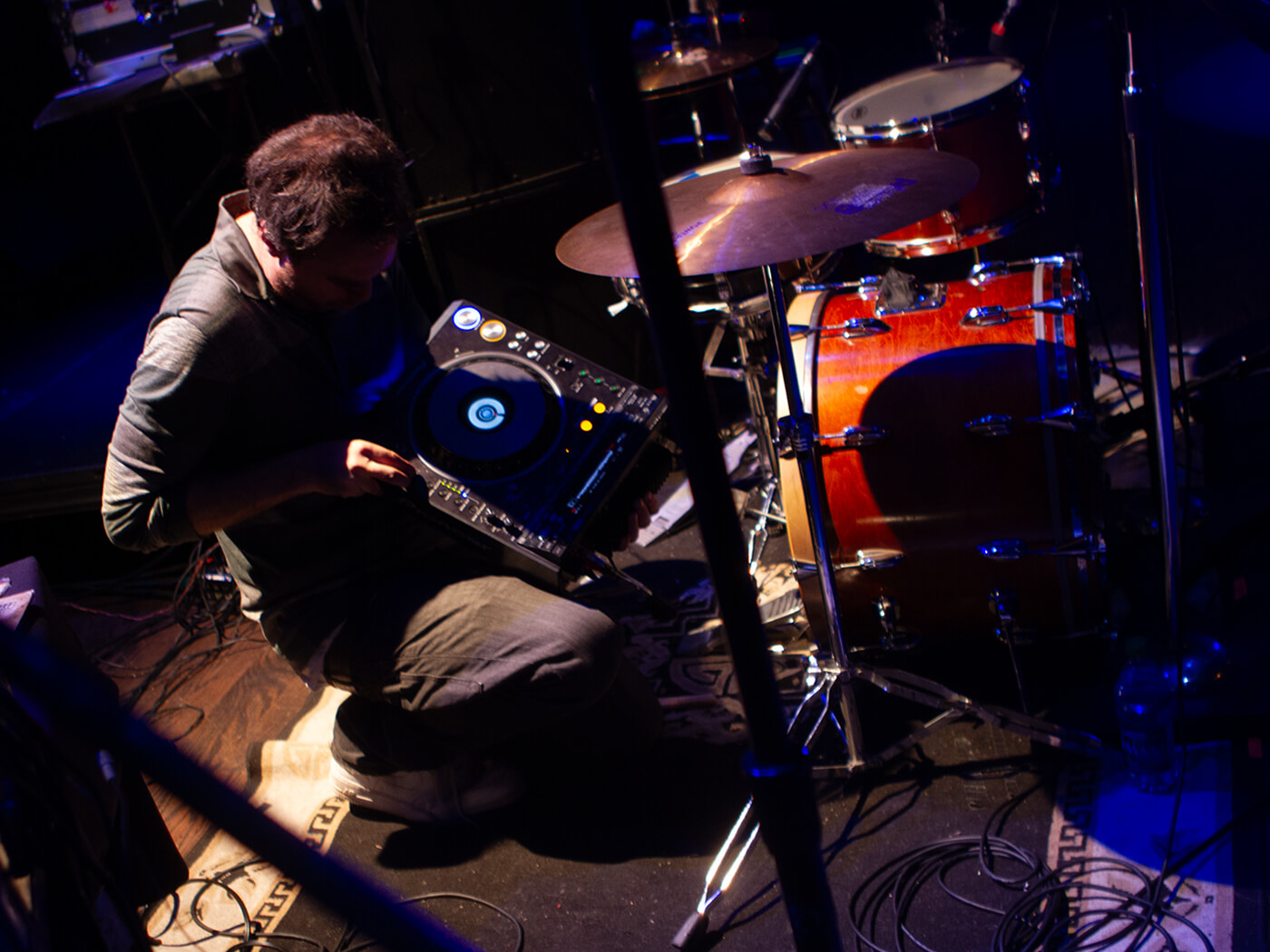
But he had never done it with visuals before. Plus, in the mid-00s, the technology to do something like that was just starting to emerge. They initially tried an early version of the controller software Miss Pinky, but the latency was subpar. Then Pioneer DJ released the DVJ series, which allowed for the same function as a CDJ but with video files.
After Pioneer sent two DVJs to MacFadden, they would take Fitzgerald’s hefty over-the-shoulder video camera, film the audience, send that signal to a DVD burner, and use that DVD in the DVJ to scratch what they had just recorded.
At first, the mic on the camera wasn’t powerful enough to capture the sound as well, so they had to record the audience with the camera, which was connected directly to the DVD burner alongside a separate mic connected to the mixer. Then they rigged the signal from the mixer to enter the DVD burner and recorded that.
That process worked for them, but then they had to deal with imbalanced burning times on the DVD. When they recorded five minutes of footage and audio, it would take a half hour or longer to burn the DVD, which led to a few flops on stage. So from there, they would burn pre-existing blank space on the DVDs which allowed them to record however much they needed with a burn time of only a few minutes.
After numerous tries, they got the process to work.
“We took something that doesn’t exist by putting all these pieces together like Professor from Gilligan’s Island and making it happen,” MacFadden says.
They were recording the crowd at the Shakira shows in Europe and projecting the faces on the jumbotrons in the hockey arenas. The visual scratching was also the finale at every Tunnel Vision show as well.
Now for the first Tunnel Vision show in over a decade, MacFadden and Fitzgerald are figuring out how to bring this process into 2024. MacFadden mentions that everyone’s phone camera produces both video and audio that could work, and people in the audience could airdrop it to his computer. He also considers the idea of mirroring the images from a phone to the projector.
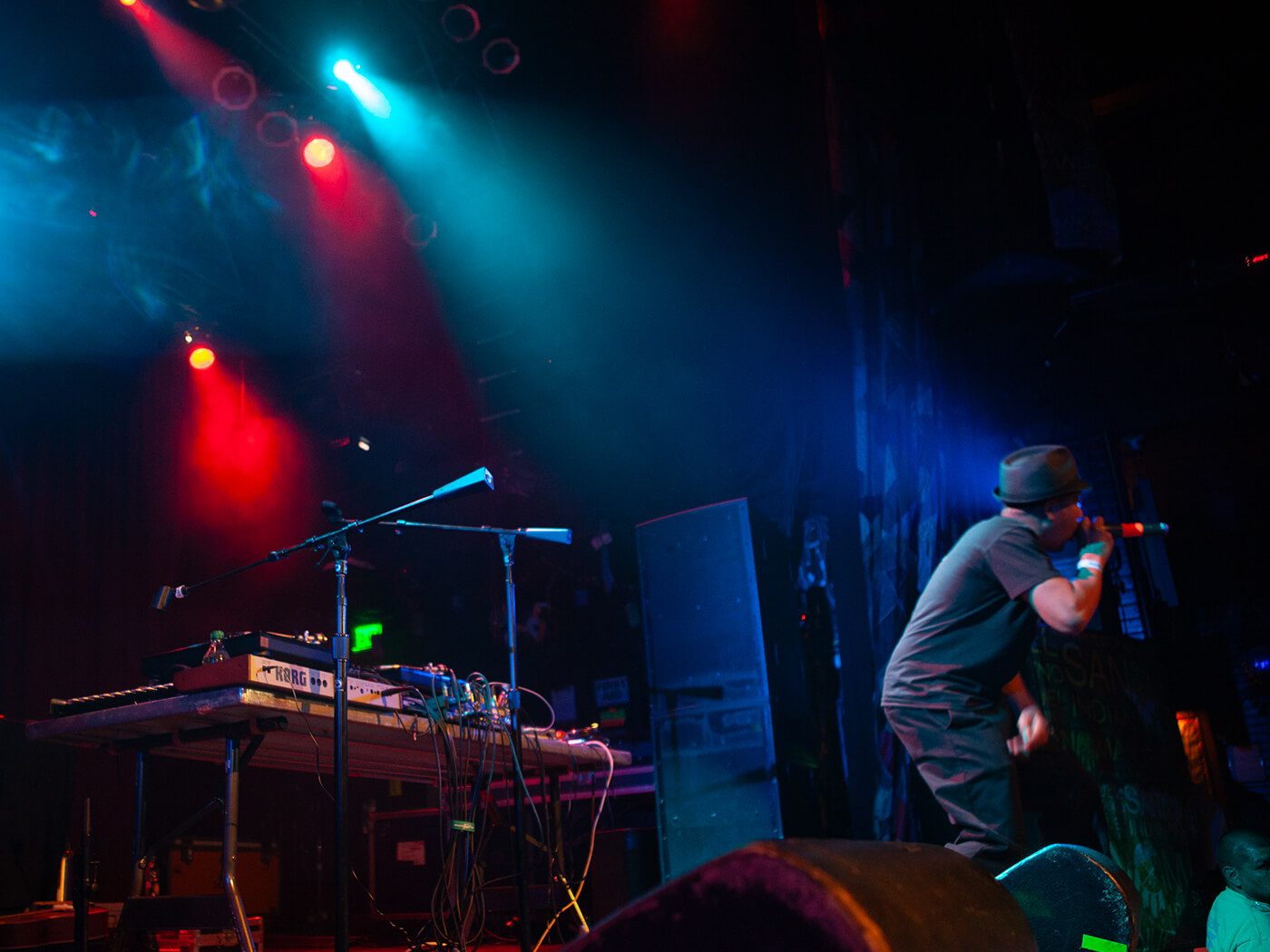
The truth is, MacFadden doesn’t want to replicate the same function he was implementing almost 20 years ago. He wants to use the same DIY spirit to engage with technology and, once again, create something completely new.
“If it exists we don’t want it. It’s boring,” MacFadden says.
“I’m excited to do a show with my friends who are creative geniuses, and I look forward to presenting something that will be a lovely trainwreck.”